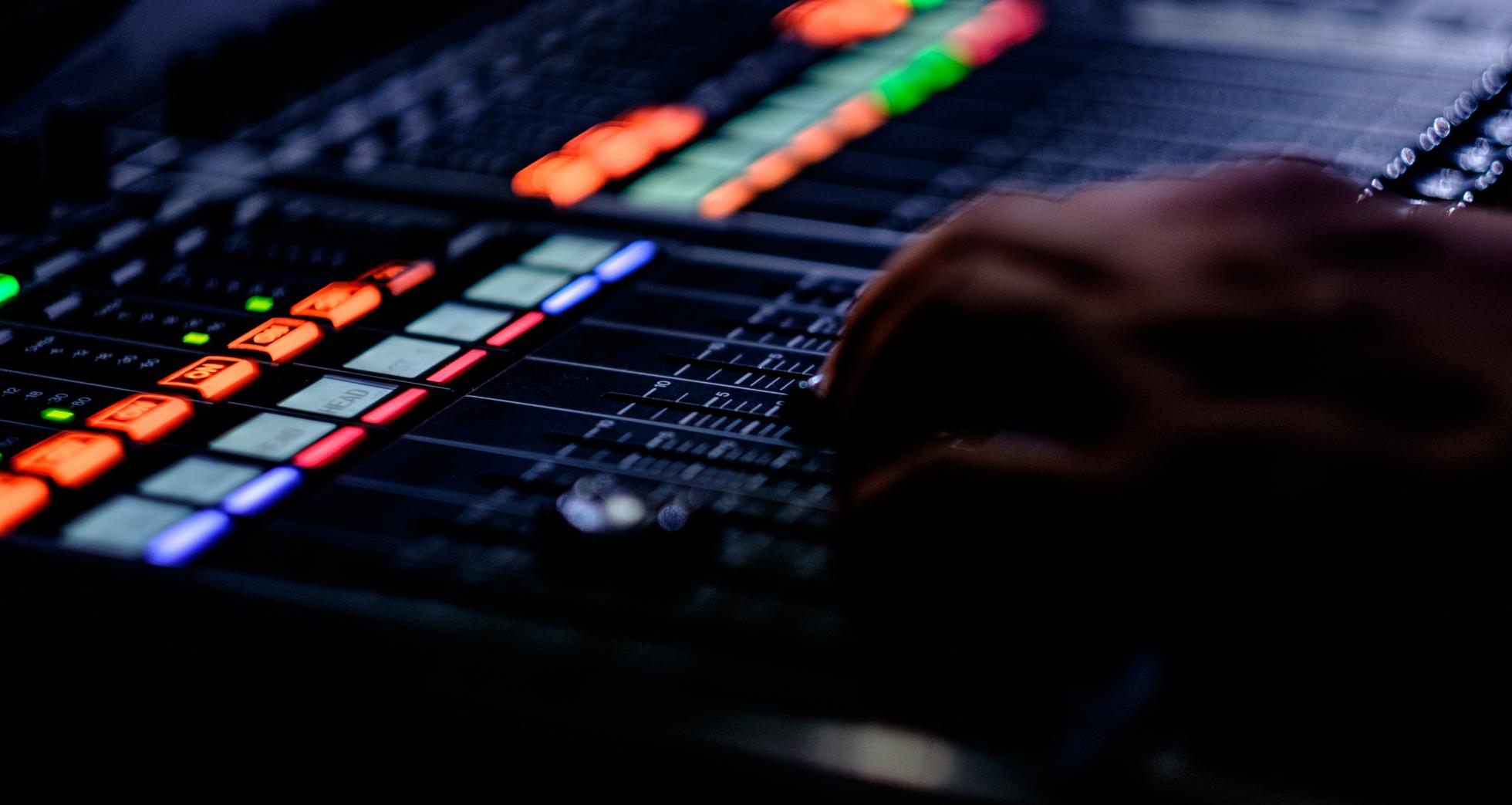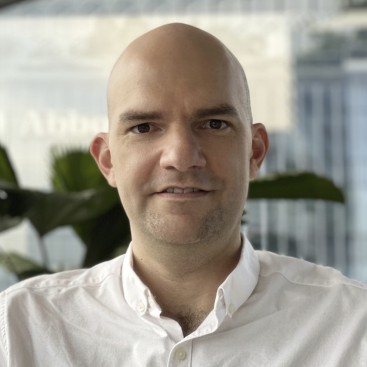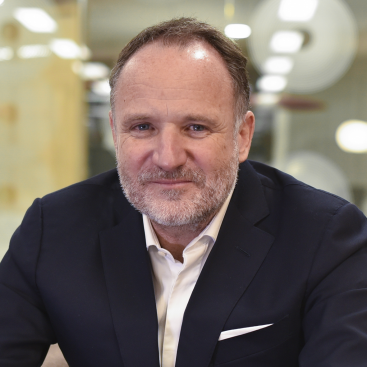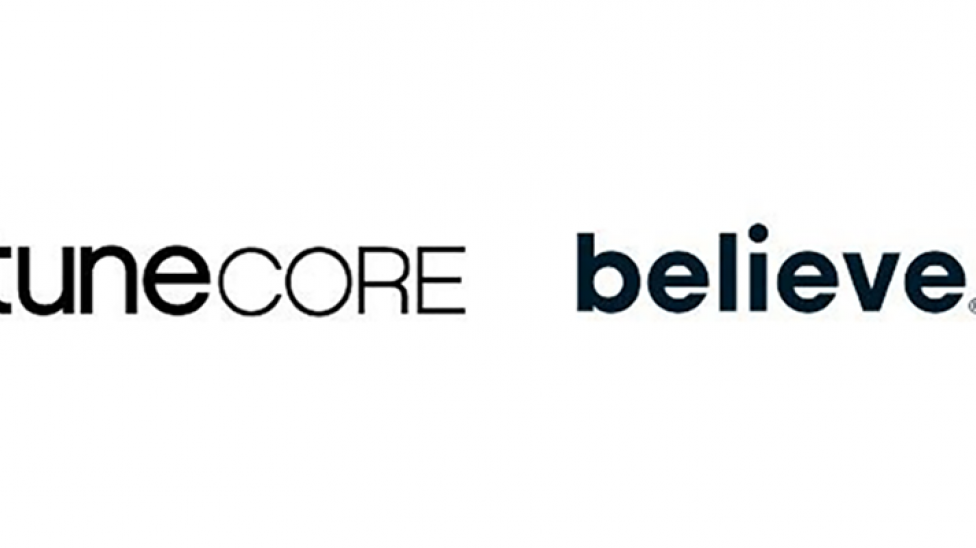
How digitalization has empowered independent artists

No revolution unfolds in a vacuum. A complex process of serendipitous events and ideas have to line up to afford it the potential to happen. The baby boom, radio, Hollywood, Tin Pan Alley and TV allowed the USA – and then the UK – to dominate music globally; but digital technology has started to alter that.
The global rules are changing
Napster, MySpace, iTunes, YouTube, Facebook, Twitter, Spotify, Instagram and TikTok – as well as the rise of independent digital distribution – have collectively helped put marketing power in artists’ hands like never before. A decline in the centrality of traditional media in local markets has coincided with digital’s breaking down of international borders while also creating whole new channels for consumers. The net result is they do not have to rely so heavily on the traditional gatekeepers of culture.
The move from thinking in terms of local markets to thinking and behaving globally from the off was crystallised in July 2015 when the majority of music markets around the world synchronised to release new music on a Friday. The full extent of this revolution is now coming into sharp focus.
Among the biggest artists in the world on Spotify in 2020 were BTS and Blackpink (both from South Korea), Bad Bunny, Ozuna, Daddy Yankee and Anuel AA (all from Puerto Rico) and J Balvin (Colombia). Such internationalism was inconceivable even two decades ago and there are more acts in more markets bubbling up globally than ever before. Simultaneously, major metropolitan areas outside of North America and the UK are becoming key in spotting acts and genres early and then amplifying them globally – places like Seoul, Jakarta, Kuala Lumpur, Ho Chi Minh City, Hanoi, Mumbai, Lima, Santiago, Bogotá, Mexico City and more. Chartmetric even has a term for them – Trigger Cities.
The rise and rise of the local
Equally, local artists are becoming huge stars domestically in markets where US/UK acts used to dominate. These markets could start to move towards the situation that has historically been the case in Brazil where a staggering 98% of hits are from local repertoire.
Whereas previously acts outside of the top 10 markets had to rely on record labels with a massive global footprint (essentially the majors and a few big independents) if they wanted international success, now digital has lowered the barriers to entry for them.
“The reality is that most music markets are actually domestic markets,” says Sylvain Delange, MD of Asia-Pacific at Believe.
“People connect with local artists; they connect with people who sing in their language and talk about experiences they can relate to. Music is eminently domestic.”
He says that rather than digital foisting Western artists on these markets it has actually strengthened the power and importance of the local. “The rise of domestic music is becoming stronger everywhere,” he says. “The market share of domestic music in all markets is increasing rapidly.”
“We think that creates a landscape that is more diverse geographically. It's more diverse because it supports the development of more artists at all levels. This is why, ultimately, we feel it's going to be the decade of the rise of independent local artists.”
The three tiers of artists in control
There are a multitude of options and models open to artists now, resulting in different tiers of activity. This stretches from the completely independent artist who runs all aspects of their career themselves, through to those who draw in additional support and services as and when they need it, right up to the acts with full teams around them collaborating on every component of their career. Digital has utterly changed the rules of engagement for acts and how they start to connect with audiences at scale, such as JUL in France (the most-streamed act in his home country for the past four years) and Ultimo in Italy (who had three of the 10 biggest albums there in 2020).
“We're really seeing the rise of independent artists across all of these segments because digital is much more favourable to them than the physical formats,” explains Denis Ladegaillerie, CEO of Believe.
For too long the word “independent” was treated as a synonym for weakness, argues Denis Ladegaillerie.
“What we're starting to see now is the opposite – independence is starting to get powerful,” he says. “It used to be that you were an independent artist because major record labels did not want to sign you and therefore you did not develop towards the top. What we're seeing now is that independence means power.”
Digital is making domestic artists stronger, not weaker
Sylvain Delange adds that acts in Asia-Pacific were early to spot digital’s potential as a means of empowerment and in many markets there YouTube became the catalyst for change.
“We never had the debate on the value gap here in Asia-Pacific,” he says. “The value gap for these acts was that there was zero revenue before and then YouTube came in and there was revenue. All the independent labels and artists embraced the technology and the tools that were available so that they could engage with their audience.”
YouTube – and the DSPs that followed – gave acts there a powerful platform to start to do things for themselves and not have to rely on a label as the only means to reach audiences.
Denis Ladegaillerie regards an emphasis by acts to sing in their mother tongues as key to this and says we are witnessing the shift from a pop music-centric model that leans towards the building up global stars to a more artist-centric model that puts its emphasis on local acts and diversity.
“Our bet is on the hundreds of artists that are all the top stars in their own market,” explains Sylvain Delange. “That's where Believe is unique in that we choose to invest in local artists first.”


